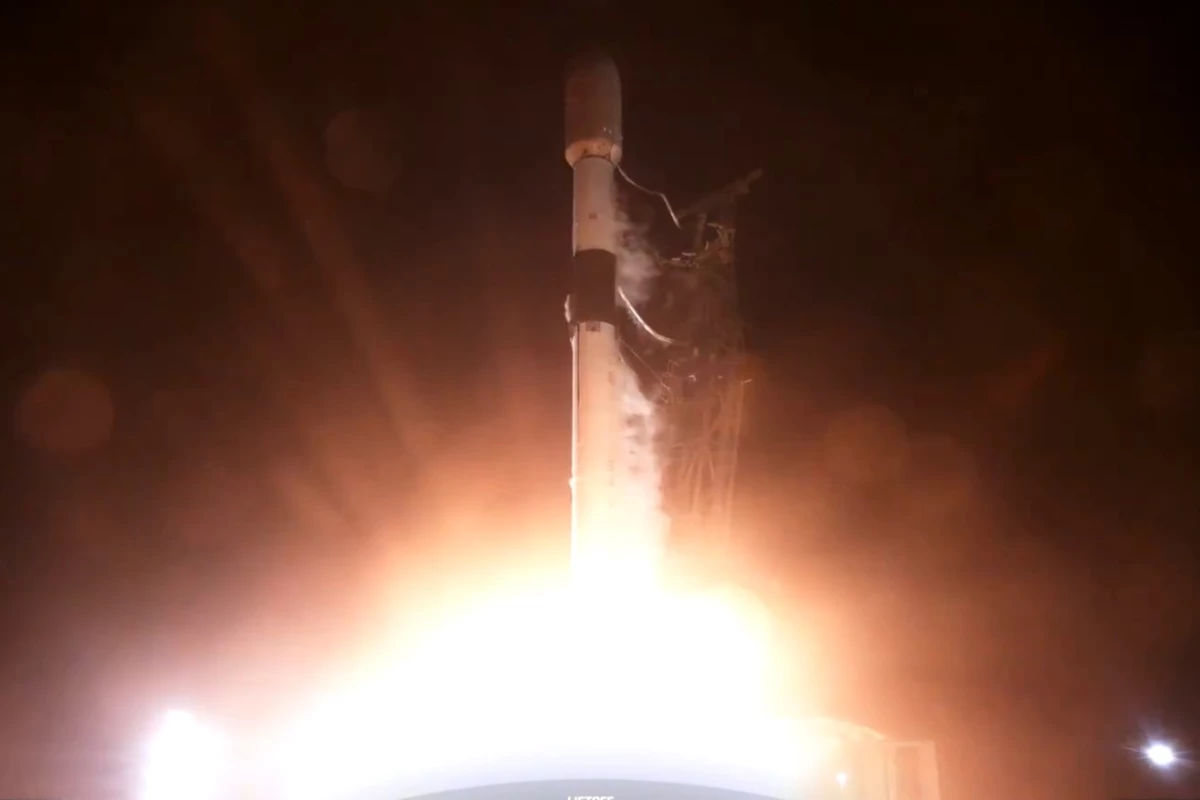SpaceX has launched a new Starlink constellation of satellites for T-Mobile with Direct to Cell capabilities. These will allow subscribers with most ordinary mobile phones to call, text, and browse directly from satellites even in dead zones.
Mobile phones are one of the biggest technological changes of the past 50 years. Telephones have gone from very specialized, stationary instruments that had their own room in the house to multi-function pocket supercomputers that have turned the entire world into a local call, places the single largest source of information in one's hand, and is the epicenter of the scourge of social media.
These phones have become so much a part of our lives that some people have become addicted to them and leaving the house without the device can induce a panic attack. It's therefore surprising to some that most of the Earth's surface has no cell network coverage whatsoever.
This is especially true in the US, which covers a vast area and contains much more empty wilderness than many people realize. In addition, there are many regions marked by very rugged mountain terrain and national parks and other areas where erecting mobile phone towers are forbidden by laws and regulations.
As a result, there are many large areas in the US where there is zero network coverage. Some of these are within an hour's drive of major cities. This means having to go without a phone or investing in a very expensive satellite phone and network subscription.
This is set to change thanks to the launch of the latest Starlink constellation of 21 satellites on January 2, 2024 at 7:44pm atop a SpaceX Falcon 9 rocket from Space Launch Complex 4 East (SLC-4E) at Vandenberg Space Force Base, California. Now in low Earth orbit, the constellation includes the first six Starlink satellites with Direct to Cell capabilities that will allow many conventional phones to call or text if they have a clear view of the sky even if they are in the middle of a desert, in a mountain valley, or at sea.
The satellites are currently going through the testing and commissioning process before entering commercial service. This will begin with text messaging followed by voice and data services as the technology matures and the network expands. Though Direct to Cell is currently focused on the US, it is expected to expand to Japan, Australia, New Zealand, Canada, Switzerland, Chile, and Peru.
"The launch of these first Direct to Cell satellites is an exciting milestone for SpaceX to demonstrate our technology," said Sara Spangelo Sr, Director of Satellite Engineering. "We look forward to rapidly scaling up Direct to Cell with our partner operators around the world and rolling out messaging service for T-Mobile customers."
Source: T-Mobile





